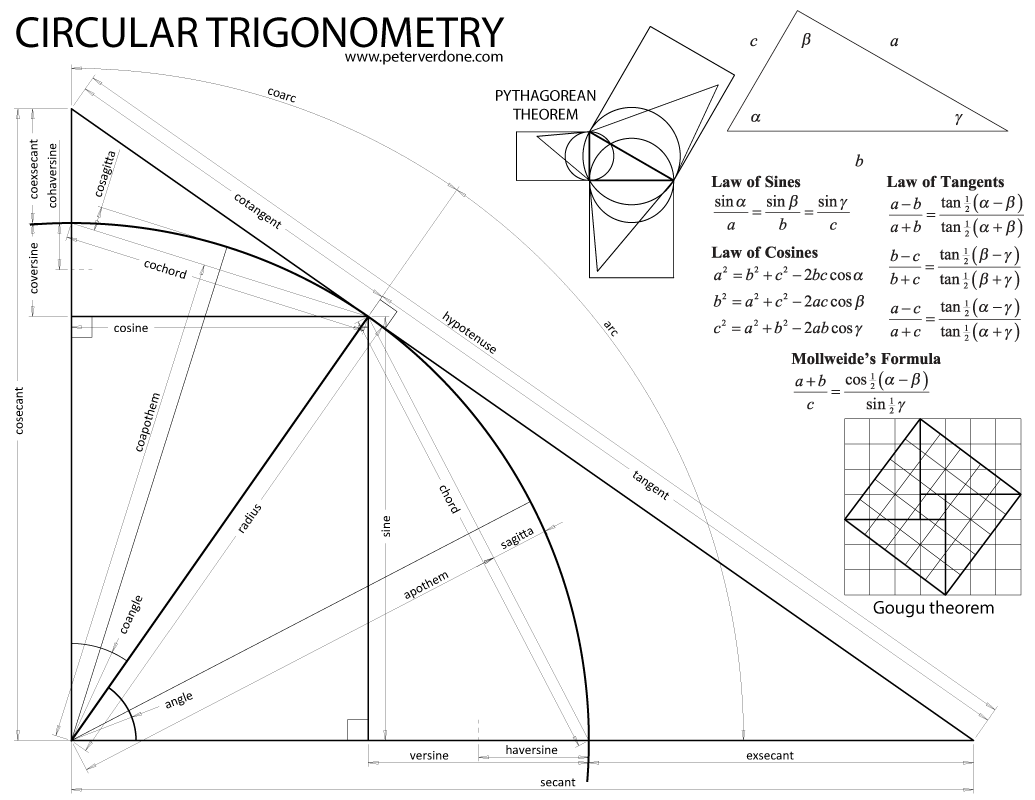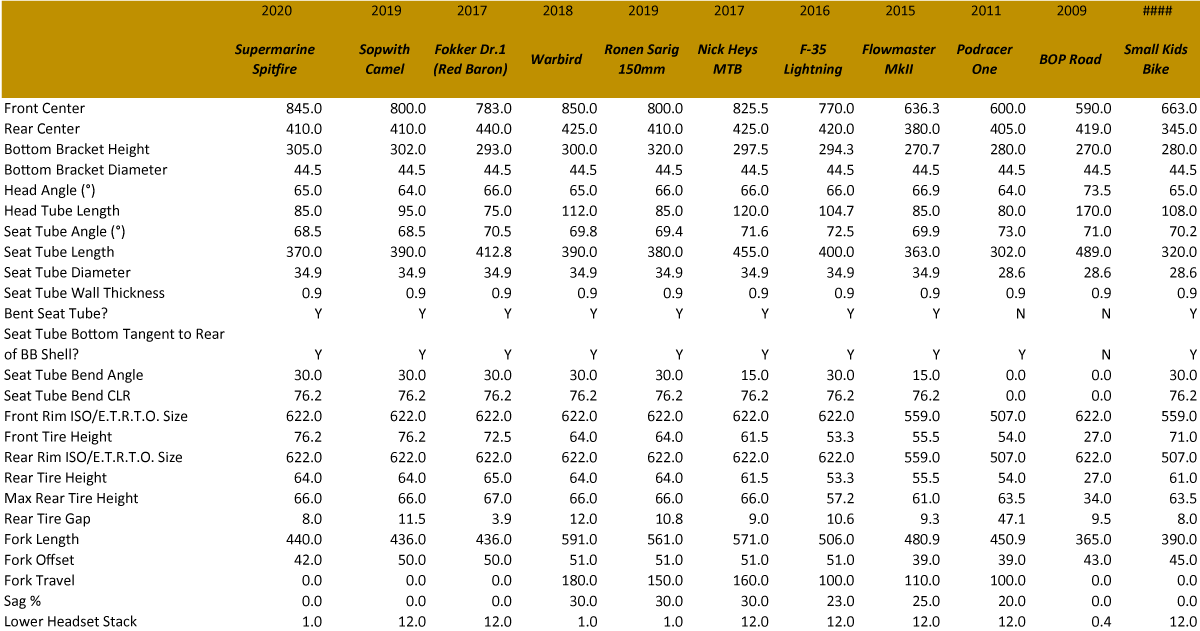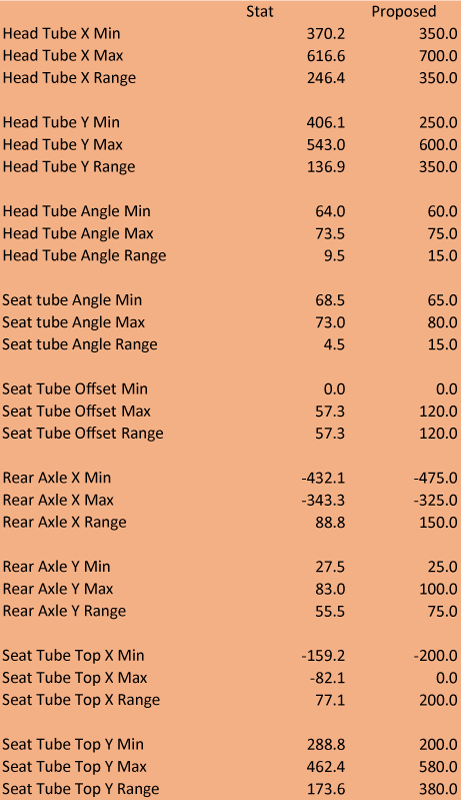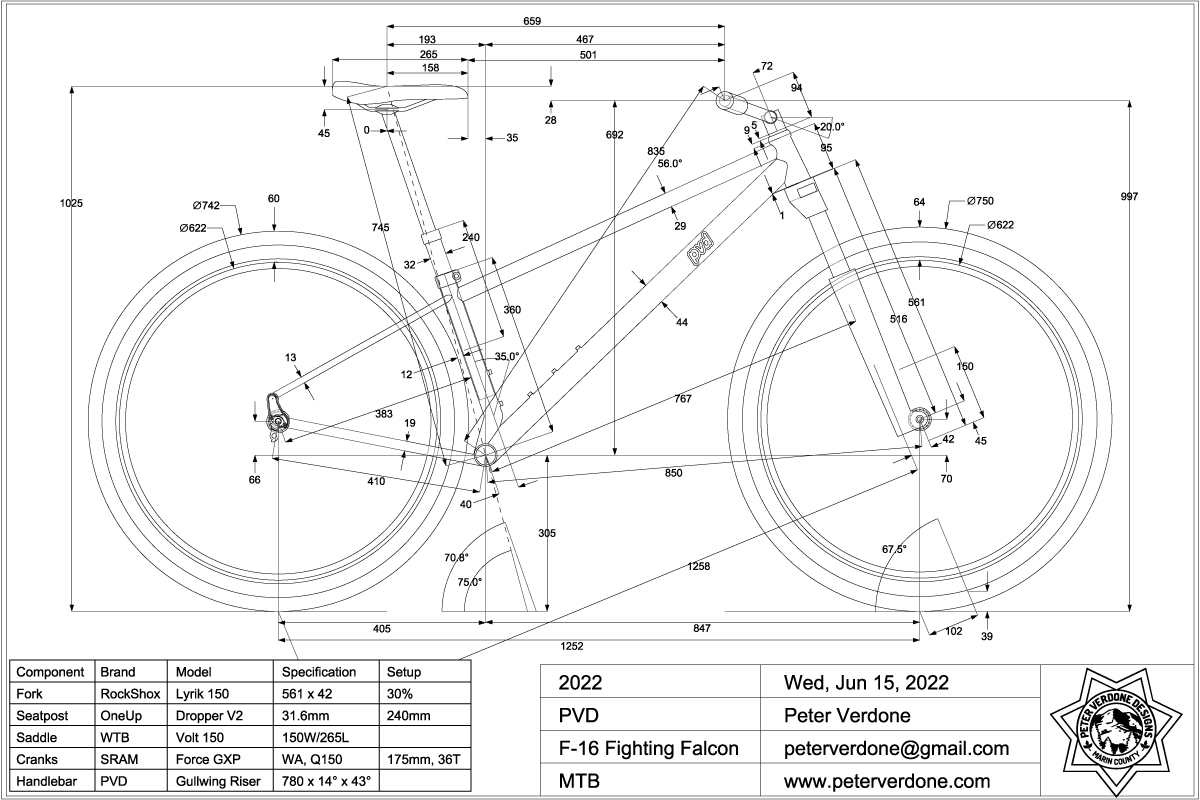In photography and filmmaking, the joke is often made that “it can be fixed in post” to justify doing very low quality work. It’s true that there are a several small issues that can be fixed after the image has been captured. Some colors can be shifted, a smudge removed, subtle white balance changes, the little things. You’re not going to change the focal length or perspective that the shot was taken at. You’re not going to be able to invent data that isn’t exposed. You can’t swap out the model. Basically, you can’t change the really important factors after the photo has been taken.
Professionals that do high quality work strive to capture their work well and “get it right in the camera”. They get great results on site, during the shoot, and on the ‘film’ that can then be made even better in post. You can’t fix garbage in photoshop.
What do we mean here? For the photographer; the shoot has to be planned, sets need to be reserved, models hired, lights placed, etc. Imagination and technical prowess is applied to this part of the process so that all the photographer has to worry about is the instant. The image goes onto the film because there was a lot of work done well before that instant of exposure.
I have a lot of discussions with young design and engineering students in my work at the university. I also work with many professional and amature bicycle framebuilders and part designers to understand how we arrive at quality bicycle design. Often, I push them for extensive solid modeling and 2D prints to work out all the details that come up when producing something real. This is our “film.” This needs to happen before any material is ordered or part cut.
It’s easy to claim that powerful solid modeling is out of somebody’s reach. Solid modeling packages are expensive and have steep learning curves. Fusion 360 comes at a cost in more than money ($495/year) or SolidWorks ($3995 + $1295/year). Free 3D and 2D CAD packages exist but may be difficult or buggy to use. On top of all this, you need to become an expert in a skill that you won’t get sweeping the floors at the local Speedy Oil Change. Simply put, if someone wants to come up with an excuse to not produce deeply thought out models and drawings, they will find a way.
Math
Don’t be disheartened. For the real designer and engineer there is another level before any of that. Math. Basic goddam math. With basic math, you don’t have an excuse. A sheet of paper, a pencil, and some trig tables are all you need to do very extensive design calculations for producing bicycles. If you make mistakes with your driving parameters in the design of a bike, it doesn’t matter what you do later. It can’t be fixed in post. The bike will suck. A garbage design will produce a garbage bike no matter how much you spend on paint.
Of course, we don’t do this work on paper as that would be arduous and prone to mistakes and huge limitations. We use computer spreadsheets. Most folks I’m around will have a copy of Microsoft Excel running on a computer close by. If not, Google Sheets is freely available online and OpenOffice Calc is a free option to run locally. Hell, there are apps for your phone that can do all you need and more.
Doing the math and the planning is the work of the designer and engineer.
I’ve been pushing bicycle design pretty hard in the past 6-7 years. Bikes continue to increase in length and important new details and parameters have been added that didn’t exist with tooling made in the past. The last bike I made was so long that I’ve finally hit the limit of what I’m able to do with my Anvil Journeyman Type 3.1 jig. I need something new and I’m going to have to make it myself as there aren’t any bicycle designers making fixtures.
To make a good fixture that has a lot of value for me, I need to do the planning and the math before (and while) I do the modeling. I need some parameters to work with. Then I can produce a model, then I can make it.
Almost all of the calculations that I show here involve very basic math and fundamental trigonometry. This is stuff that anyone with a high school diploma can do.
In the spreadsheet image below are the driving parameters that are input values used in a small sample range of bicycles I’ve made in the past. These bikes were chosen to give me an understanding for what adjustments a modern fixture should have. I need to go back and put all my bikes into this matrix as it’s cool to see everything next to another. It’s also obvious how bad my bikes get the farther back I go in time. Bad compared to what I know now. Bad compared to what time has done to them. Still, always better than everyone else’s.
Those values can tell me a lot about how the bicycle frame will work. They come from the fit and knowledge about how the bike will be used.
There are other values that come as a result of processing the driving values. They describe the ramifications of those decisions in other parameters (driven). These help us understand more about the bike.
Note, all of the resultants below don’t refer to each other. They refer only to the input values. This is important when using formulas in a cross platform mannar and reduces errors and rebuilding problems. It also helps me share the formula to others more easily in the driving values that would be discussed.
This gets us to to where we can now locate parts of the bike in space. We can build tools and set a fixture around it. These are the numbers that most people who don’t build bikes don’t see.
Points in space above the ground.
Points in space about the crank axis.

For my needs, currently, I wanted to understand what the range of use that I’ll need to be able to make the bikes that I want to make.
There are a few reasons for me to have this sheet even thought I use several types of CAD and drawing programs when I work.
In my work flow, I do most of my profile planning and fit work in BikeCAD. I then bring the values into Solidworks to fully detail my construction and design. One value, the seat tube axis offset from BB axis can’t be calculated or positioned properly in BikeCAD. So I had been forced to bounce between BikeCAD and my SolidWorks model to get a value that both programs could agree on. It was a total pain in the neck. More, it took a lot of actual time. Each little change in the model forced a full assembly rebuild that would take forever. I was overheating the processor (figuratively) when I went through this process. I had left that value to be calculated with geometry in the model even while almost all my other values were calculated in the programs equation editor. That needed to be fixed. I manned up, sat down, did the math, and now I can use spreadsheet calculations (and in equations) rather than solid model rebuilds to sync programs. That’s what we do.
The end of the road for the math is shown below You can see the result that these formulas are applied within Solidworks equations for creating geometry that will define the model of the new frame jig. Each calculation (Head Tube Bottom X and below) is referencing just input driving parameter values. This helps prevent cascading errors and makes it easier to share the formula between models. If you don’t use equations, you’re doing it wrong.
This spreadsheet is added to and improved periodically. New ways of modeling cause new calculations to become important. I look on it every few years to find ways to improve it. Let me know what I should add.
These days, it seems that there are thousands of bicycle geometry experts on PinkBike or MTBR. They profess to have some sort of magical understanding that they have arrived at without doing any math, no drawings, and riding at a CAT2 level on a 6 year old bike. It’s just insane.
Want to validate yourself as the expert that you claim to be? Copy the work that I’ve shown here. Any serious framebuilder should be able to do this easily in a few hours (with my given framework). If you can’t do this, you simply have no foundation to even form an opinion on the subject. This isn’t the hard part. The hard part is learning how all these numbers work together. But we all know that you’re not really an expert so you won’t do anything but talk.
***Did you notice that I got this post up just before Pi Day (3/14). Ha!







